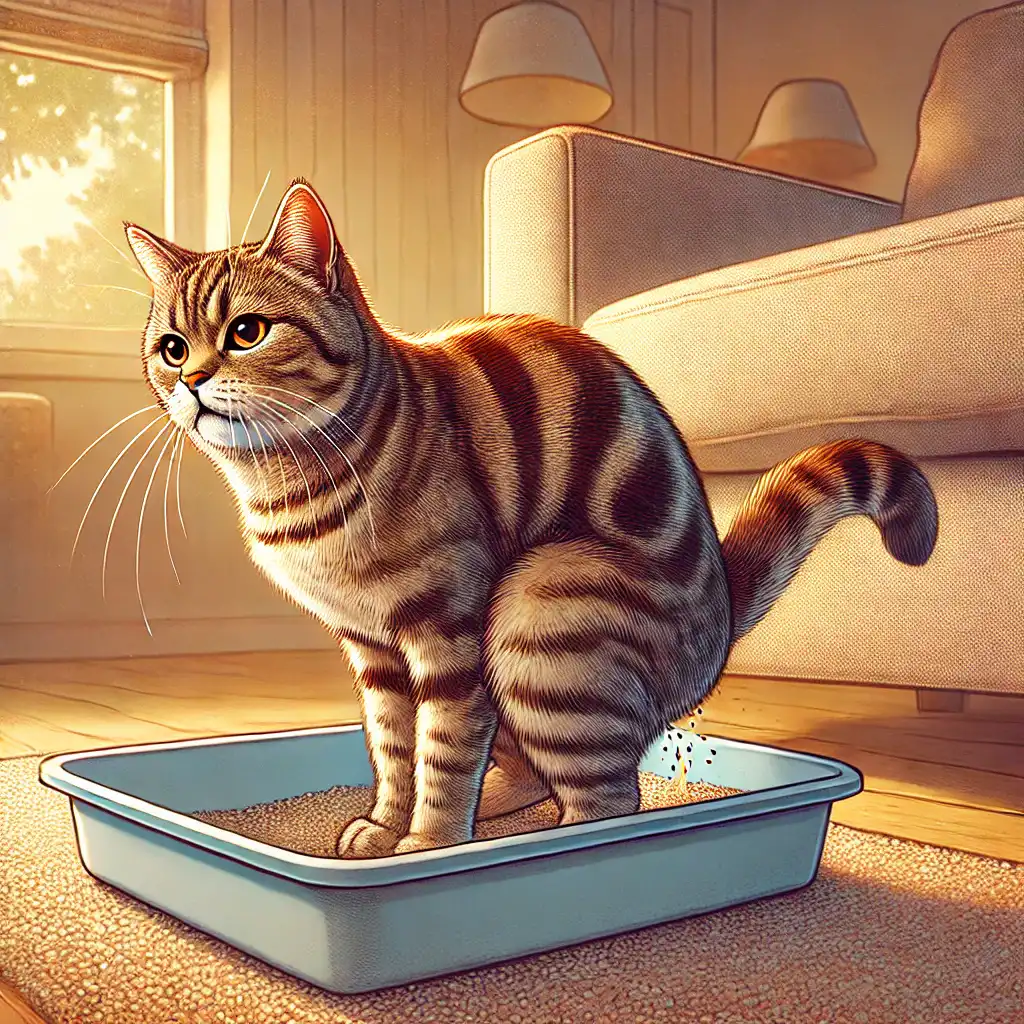Cat Urinary Blockage: What to Do Before Seeing a Vet
Urinary blockage in cats is a life-threatening emergency that requires immediate veterinary attention. While both male and female cats can experience urinary blockages, male cats are at greater risk of complete obstructions due to their narrower urethras. Acting quickly can save your cat’s life.
Step 1: Recognize the Symptoms and Act Quickly
The first and most important step is to recognize the signs of urinary blockage, which include:
- Straining to urinate with little or no output
- Blood in the urine
- Crying out in pain
- Excessive licking of the genital area
- Vomiting or loss of appetite
- Lethargy
If your cat exhibits any of these symptoms, assume it’s an emergency and seek veterinary care immediately. Delaying treatment can lead to kidney failure or death within 24–48 hours.
Step 2: Keep Your Cat Calm, Hydrated, and Avoid Delays
Once you’ve identified the symptoms, follow these steps while preparing to visit your vet:
- Calm the environment: Keep your cat in a quiet, stress-free area. Avoid unnecessary handling or pressing on their abdomen, which could worsen the pain.
- Encourage hydration: If your cat is alert and willing, offer fresh water. Do not attempt to force water if they resist or are lethargic.
- Avoid home remedies or over-the-counter medications: These are unlikely to resolve the issue and may worsen the condition. Focus on getting professional help quickly.
Timeline:
- Perform these steps immediately while arranging transport to the vet.
Important Note: Male cats are at higher risk of rapid progression to full obstruction, requiring emergency care. While female cats may tolerate partial blockages longer, they still need prompt attention to avoid complications.
Step 3: Visit Your Veterinarian or Emergency Clinic
Call your vet or the nearest emergency animal clinic as soon as possible. Inform them of your cat’s symptoms and estimated arrival time. This allows the clinic to prepare for immediate intervention.
Why Prompt Action is Critical
Urinary blockages, especially in male cats, can cause toxins to build up in the bloodstream (uremia) within hours. Without treatment:
- 6–12 hours: Severe discomfort and stress develop.
- 24–48 hours: Blockages can result in kidney failure, coma, or death.
In female cats, partial blockages can progress more slowly, but the risk of infection or bladder damage still necessitates urgent care.
If you’re in Phuket and need immediate assistance, contact our veterinary clinic. Our experienced team is here to provide life-saving care for your feline companions.
At Tiny Pet Clinic, we specialize in treating feline urinary blockages with urgency and expertise. Reach out to us for support!
References
Managing Feline Urethral Obstruction This article offers comprehensive strategies for managing urethral obstructions in cats, including treatment protocols and preventive measures.
Feline Urethral Obstruction: Diagnosis & Management An in-depth guide on diagnosing and managing urethral obstructions in cats, discussing causes, treatment options, and prognosis.
Urinary Tract Blockage in Cats This resource outlines the symptoms, causes, and treatments of urinary tract blockages in cats, emphasizing the urgency of veterinary care.
Blocked Bladder in Cats An informative page detailing the signs, causes, and treatments of blocked bladders in cats, highlighting the increased risk in male cats.
Urinary Obstruction in Male Cats Provided by the American College of Veterinary Surgeons, this article discusses the causes, symptoms, and surgical treatments for urinary obstructions in male cats.
